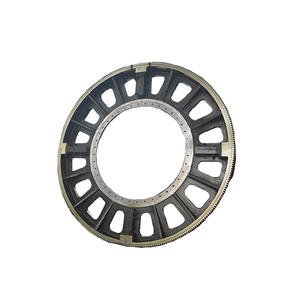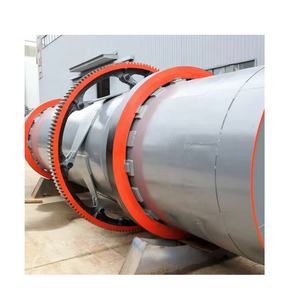The thickness of concrete slabs supporting heavy machinery is a critical design parameter that directly impacts the longevity, safety, and functionality of industrial facilities. Selecting an appropriate slab thickness requires a comprehensive understanding of operational loads, material properties, and environmental conditions to ensure structural integrity under demanding service conditions. This article outlines key considerations for determining optimal concrete thickness for heavy machinery applications.
(how thick concrete heavy machinery)
Heavy machinery imposes dynamic and static loads on concrete slabs, including concentrated point loads, cyclic vibrations, and impact forces. These loads generate bending stresses that can exceed the tensile strength of concrete, leading to cracking, settlement, or catastrophic failure if not properly addressed. The primary factors influencing slab thickness include the magnitude and distribution of machinery loads, subgrade support conditions, concrete compressive strength, reinforcement requirements, and exposure to environmental stressors.
Load characteristics dictate fundamental design requirements. Equipment with high point loads, such as hydraulic presses or forging hammers, necessitates greater slab thickness compared to uniformly distributed loads from storage racks. Engineers must account for both static weight and dynamic amplification factors, particularly for machinery with reciprocating parts or shock loads. Load distribution through baseplates or rail systems can mitigate localized stresses, but slab thickness remains the primary defense against flexural failure.
Subgrade preparation forms the foundation of slab performance. The modulus of subgrade reaction (k-value) quantifies the soil’s ability to support loads, with higher k-values permitting reduced slab thickness. Proper compaction of subbase materials to at least 95% Proctor density minimizes differential settlement. A minimum 4-inch granular subbase layer is typically specified to improve drainage and distribute loads to the subgrade. Weak or expansive soils may require soil stabilization or increased slab thickness to compensate for reduced bearing capacity.
Concrete compressive strength directly correlates with load-bearing capacity. Industrial slabs typically specify 4,000 psi or higher concrete mixes with low water-cement ratios (≤0.45) to enhance durability. Flexural strength, often ranging from 500 to 700 psi for heavy-duty slabs, becomes critical in unreinforced sections. Reinforcement selection influences thickness requirements: welded wire mesh in thinner slabs (6-8 inches) provides crack control, while thicker slabs (8-12 inches) often incorporate #5 rebar at 12-inch spacing to handle higher bending moments.
Environmental factors necessitate protective measures that may affect thickness decisions. Slabs exposed to freeze-thaw cycles require air-entrained concrete, while chemical resistance may dictate supplementary cementitious materials. Thermal contraction joints spaced at 12-15 times the slab thickness help control cracking but do not substitute for adequate thickness in load-bearing calculations.
Industry standards such as ACI 360R-10 provide guidelines for slab design, though project-specific calculations remain essential. For typical industrial applications, slab thickness ranges from 6 to 12 inches. Light to moderate machinery (e.g., forklifts, CNC machines) often uses 6-8 inch slabs with fiber reinforcement. Heavy equipment exceeding 20,000 lb point loads typically requires 8-12 inch slabs with doweled joints and steel reinforcement. Extreme cases, such as forging presses or turbine foundations, may necessitate 18-36 inch thick reinforced mats.
Construction quality directly affects achieved performance. Subgrade must be proof-rolled to detect soft spots, with laser-guided grading ensuring proper elevation control. Concrete placement should occur in continuous pours with vibration to eliminate honeycombing. Curing compounds or wet burlap must maintain moisture for minimum seven days to develop full strength. Post-installation verification through core sampling and load testing validates thickness and compressive strength compliance.
Ongoing maintenance preserves slab functionality. Joint sealant replacement, pressure washing to remove oil infiltration, and epoxy injection of cracks prevent progressive deterioration. Slabs showing excessive deflection (>1/360 of span) or spalling require structural evaluation and potential reinforcement.
(how thick concrete heavy machinery)
In conclusion, determining concrete thickness for heavy machinery involves analyzing load profiles, subgrade conditions, material properties, and operational environment. While 6-12 inch slabs satisfy most industrial needs, rigorous engineering analysis remains imperative. Collaboration between structural engineers, geotechnical experts, and construction professionals ensures slabs meet both immediate load requirements and long-term durability expectations, ultimately protecting capital investments in heavy industrial infrastructure.


